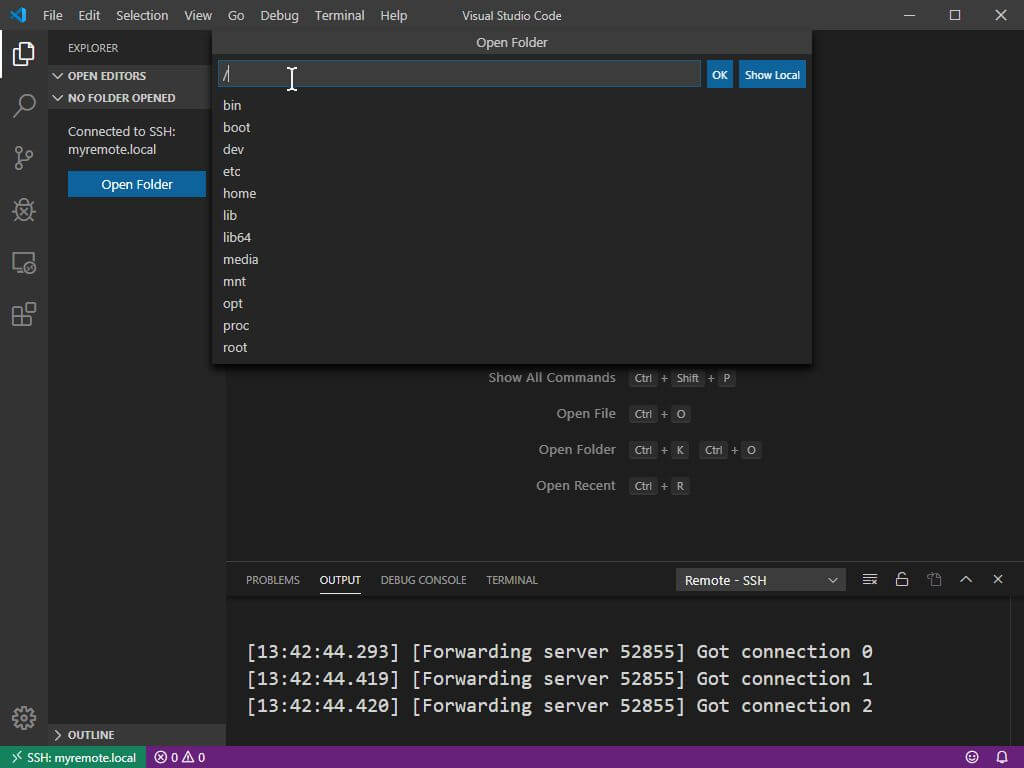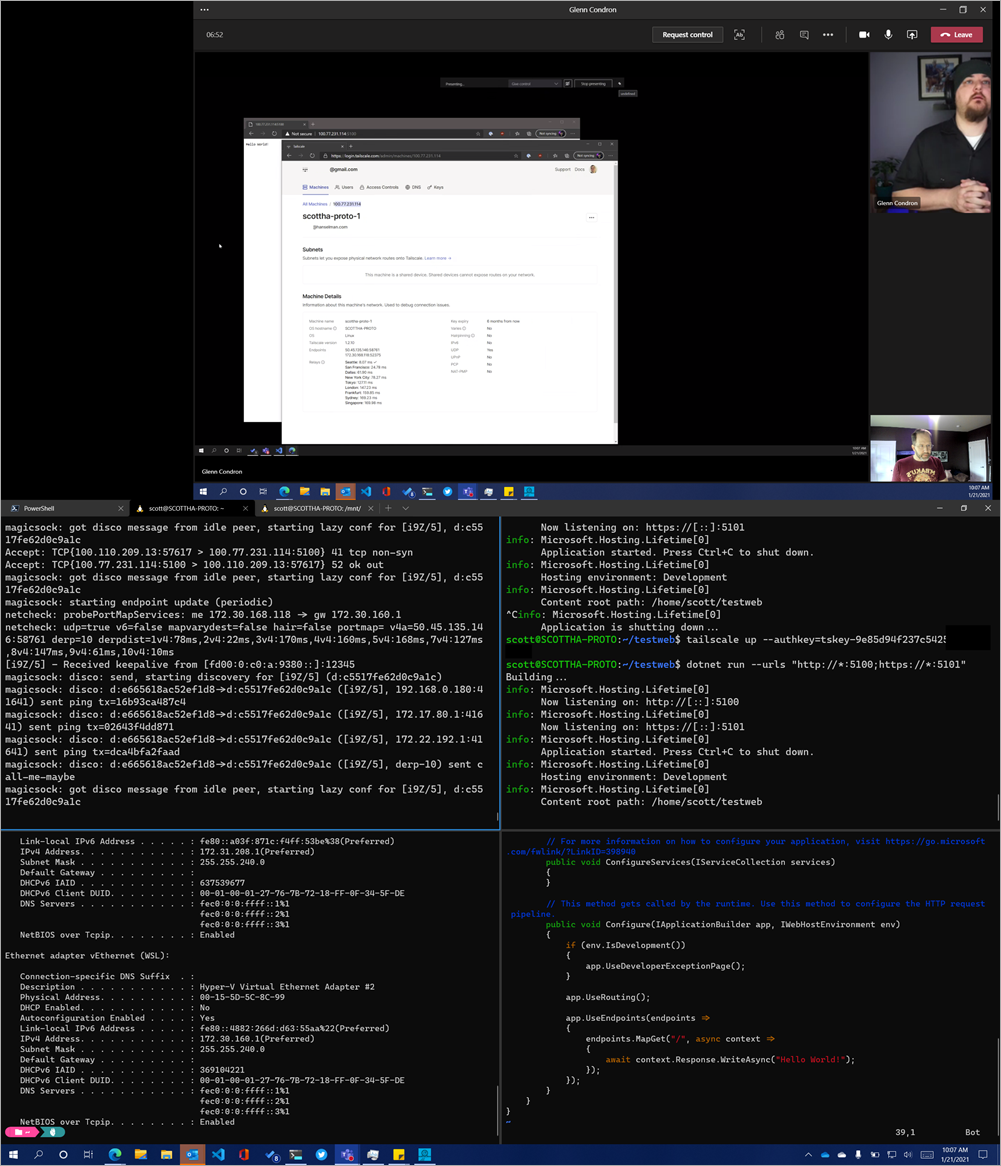

NOTE: If you did not associate a key pair with your AWS server, you will not be able to log in to it. In the resulting page, you will see a list of the Key Pairs that are already uploaded to the console and available to use when launching an instance.įrom this screen you can also create a new Key Pair that you can download later: In the left navigation bar, click the “Network & Security -> Key Pairs” menu item. If required, use the region selector in the top right corner to switch to the region where your instance was launched. Check the following sections to know where the SSH keys can be created or uploaded on the AWS console: If you are using the AWS console, you have either created and downloaded an SSH key pair or uploaded one the first time you deployed a server. SSH username: bitnami Obtain SSH credentials from the AWS Console Obtain SSH credentials What SSH username should I use for secure shell access to my application?

Auto-configure a Let's Encrypt certificate.Manage Bitnami Launchpad instances through the AWS Console.Launch T2, C4 or M4 AWS instances using the Bitnami Launchpad for AWS Cloud.Install and use the Amazon CloudWatch agent.Give SSH access to another person, such as a customer.Learn about the Bitnami Configuration Tool.Move AWS instances between the AWS Console and the Bitnami Launchpad for AWS Cloud.Configure third-party SMTP for outbound emails.Reassociate an existing IP address with a new AWS instance.Understand what data Bitnami collects from deployed Bitnami stacks.

Understand the default directory structure.Understand upcoming changes to Bitnami Stacks.Learn about Bitnami PHP application modules deprecation.Learn about the SSH warning 'REMOTE HOST IDENTIFICATION HAS CHANGED'.


 0 kommentar(er)
0 kommentar(er)
